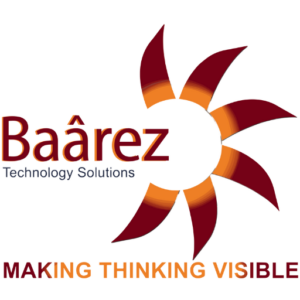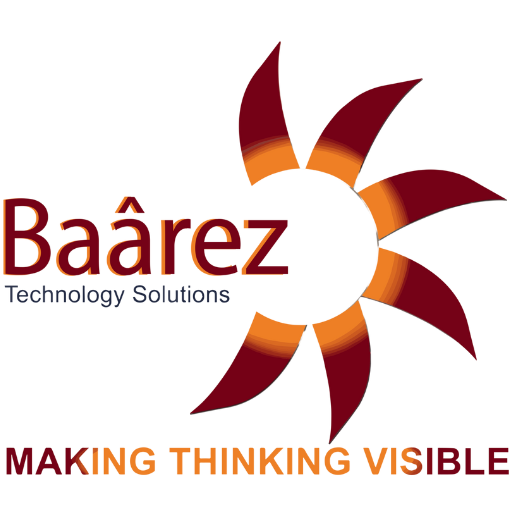
Optical Character Recognition (OCR) technology has revolutionized the way healthcare organizations manage and process documents. By converting scanned images and PDFs into editable text, OCR has streamlined workflows, improved efficiency, and enhanced patient care.
Table of Contents
ToggleKey Benefits of OCR in Healthcare
- Digitization of Paper Records: OCR allows healthcare facilities to digitize vast amounts of paper records, such as patient charts, medical images, and insurance claims. This digitization not only saves physical space but also makes it easier to access and retrieve information.
- Improved Search and Retrieval: With OCR, healthcare professionals can quickly search for specific information within digitized documents using keywords or phrases. This reduces the time spent manually sifting through paper files, leading to faster diagnosis and treatment.
- Enhanced Collaboration: OCR enables seamless sharing and collaboration among healthcare providers. Digitized documents can be easily accessed and shared electronically, improving communication and coordination of care.
- Data Analytics and Insights: OCR-processed documents can be integrated into data analytics systems, providing valuable insights into patient trends, disease patterns, and healthcare outcomes. This data can inform evidence-based decision-making and improve quality of care.
- Compliance and Security: OCR can help healthcare organizations comply with regulatory requirements, such as HIPAA, by ensuring that patient data is protected and accessible only to authorized personnel.
Applications of OCR in Healthcare
- Medical Imaging: OCR can extract metadata from medical images, such as patient information, date of examination, and equipment settings. This information can be used for image management, reporting, and research.
- Clinical Documentation: OCR can automate the transcription of handwritten or typed medical notes, reducing errors and improving the accuracy of patient records.
- Insurance Claims Processing: OCR can extract information from insurance claims forms, speeding up the claims adjudication process and reducing administrative costs.
- Clinical Trials: OCR can be used to extract data from clinical trial documents, such as patient consent forms and study protocols, facilitating data analysis and reporting.
Challenges and Considerations
While OCR has numerous benefits, it is not without its challenges. Accuracy can be affected by factors such as handwriting quality, image resolution, and the complexity of the document layout. Additionally, ensuring data privacy and security is crucial when implementing OCR in healthcare settings.
To overcome these challenges, healthcare organizations should invest in high-quality OCR software and ensure that staff are trained to use it effectively. Regular quality checks and audits can also help to maintain accuracy and compliance.
OCR technology has become an indispensable tool for healthcare organizations. By streamlining workflows, improving efficiency, and enhancing patient care, OCR is transforming the way healthcare documents are managed and utilized. As OCR technology continues to evolve, we can expect to see even more innovative applications in the healthcare industry.


